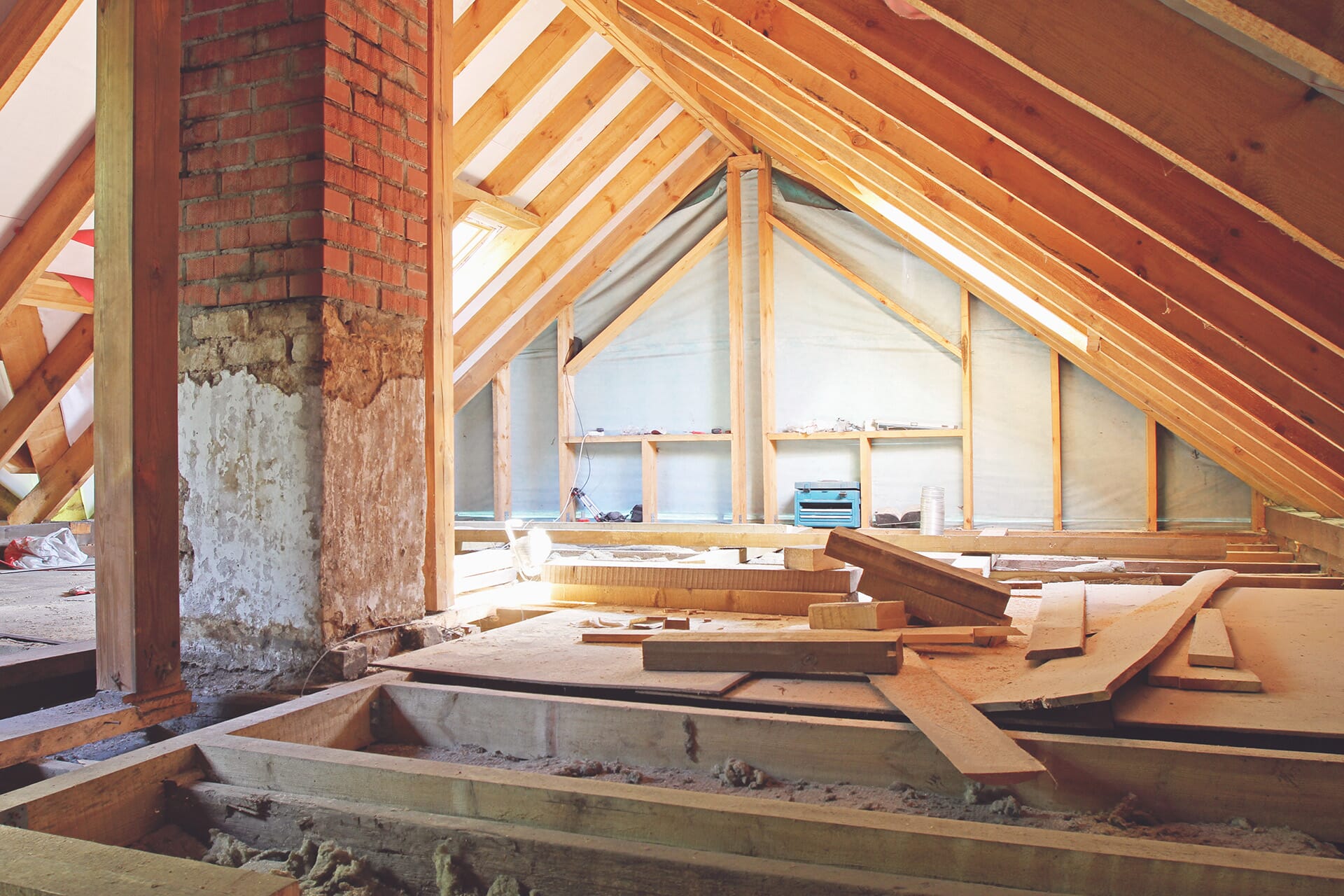
Fresh guidance issued on MEES upgrades
Regulatory Updates
Fresh guidance issued on MEES upgrades
The regulation that forces landlords to upgrade some of the UK’s least energy efficient buildings is celebrating its first anniversary this month. The Minimum Energy Efficiency Standards (MEES) bans new rental agreements or sales on privately owned buildings if the EPC rating falls into the two lowest categories (F and G). It was introduced by the Government to tackle fuel poverty and reduce carbon emissions by forcing renovations onto our existing housing stock.
If you own a building with a poor EPC, this means you will either need to renovate it or seek an exemption before new people can move in.
From April 2020 any rented dwelling in England and Wales will be covered by MEES; rental renewal or not.
In Energist’s world, MEES only applies when an old building that’s been newly renovated isn’t performing very well. We don’t deal with the existing housing stock, and buildings that comply with current regulations typically achieve B or C ratings.
Many landlords haven’t come across MEES before and those that have don’t seem to be too clear on the details. To help, the Government has published fresh guidance on whether upgrades are required or not.
The overarching rule still applies:
If it has an F or G rated EPC, and it’s about to be sold or rented out, improvements need to be investigated.
‘Improvements’ can vary from adding more insulation, changing the windows, replacing the heating system, changing light bulbs and adding renewable technology.
Owners can seek an exemption by doing some form-filling, but they need to read the recommendations on their EPC first and see if these suggested building improvements fall within the exemption list.
What falls under the exemption list?
- If you’ve made all the recommended improvements and the building still doesn’t hit E.
- If adding wall insulation is recommended, you’d need ‘written expert advice’ on why this could have a ‘negative impact on the fabric or structure of the property’.
- If you cannot gain third party consent to complete the works. This could mean you need planning approval, or it could mean your current tenants won’t let builders in.
- If you can show the recommended improvements would devalue the property by more than 5%
- Residential only: Owners of dwellings can seek an exemption if the cheapest improvement is expected to cost more than £3,500.
- Non-residential only: Non-residential owners can seek an exemption on any improvements if the payback time is more than seven years (cost of work vs expected saving in energy bills over seven years).
The requirements and exemption list may all sound a bit unnecessary today, especially when you consider just 6% of EPCs ever lodged are caught by MEES, but this is the first stepping stone.
We should expect this law to be upgraded in the coming years to include E rated buildings. That will impact one out of every five buildings in England and Wales.





